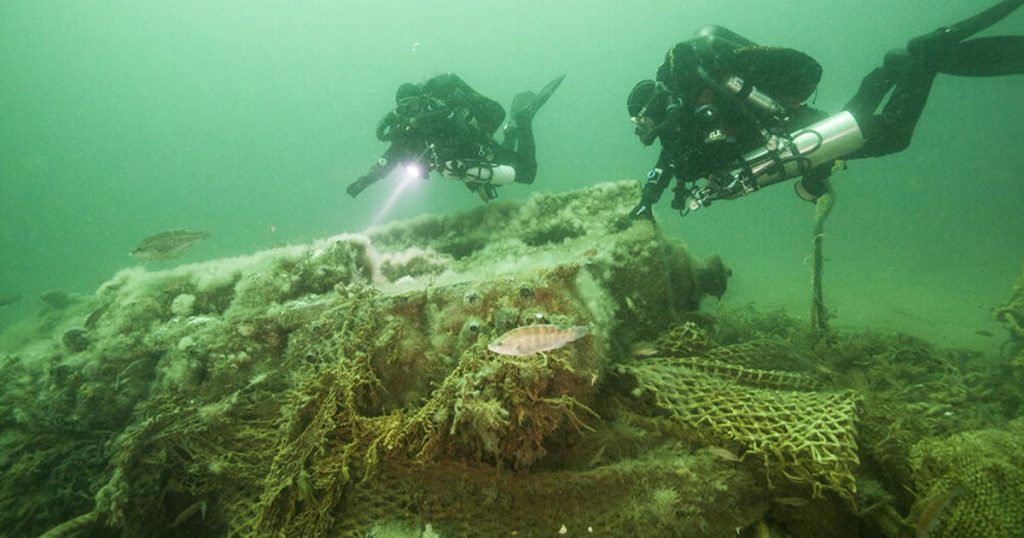Federal authorities are warning fishing vessels to steer clear of 11 shipwrecks located in a marine sanctuary east of Boston to avoid causing serious damage to historically significant ships sunk in the waters since the 19th century. The Stellwagen Bank National Marine Sanctuary, sitting between Cape Ann and Cape Cod, holds dozens of shipwrecks, with 11 specifically identified for boaters to avoid, including the USS Heroic, the Josephine Marie, and the North Star. NOAA has provided a map and coordinates for these doomed vessels to prevent accidents and preserve their historical significance.
Shipwrecks in the sanctuary are vital for providing habitat and refuge for marine life and serving as memorial sites for fishermen and sailors. In addition to the USS Heroic, the Josephine Marie, and the North Star, there are at least 10 other named vessels resting on the ocean floor in the sanctuary, such as the steamship Portland and the steamship Pentagoet, both lost in a storm in 1898. The most recent ship to sink in the sanctuary was the 60-foot Patriot in 2009, resulting in the loss of both crewmembers. The sanctuary views these shipwrecks as time capsules of the nation’s maritime history, and they are protected under various federal regulations.
Historic shipwrecks are safeguarded under the National Historic Preservation Act and the National Marine Sanctuaries Act, as well as other federal regulations. The Stellwagen Bank National Marine Sanctuary has become a prime location for whale watching, with scientists at the sanctuary previously urging the public to watch out for missing research tags used to study large whales that could wash ashore anywhere along the coast. Shipwrecks serve as critical components of preserving the nation’s maritime history and heritage, contributing to the underwater ecosystem and acting as poignant reminders of the area’s maritime past and the lives lost at sea.
NOAA recognizes the importance of protecting shipwrecks to ensure the safety of crew and prevent damage to their gear. Fishing vessels hanging up on wrecks could potentially cause significant harm to both the wreck and the surrounding marine life. Shipwrecks also provide essential habitat for various marine species and play a crucial role in sustaining the ecological balance in the ocean. By raising awareness about the significance of these wrecks and taking measures to avoid disturbing them, authorities aim to promote conservation efforts and preserve these underwater historical sites for future generations to appreciate.
With advancements in technology, there are new tools and techniques being developed that could revolutionize the way we explore and learn about shipwrecks. Synthetic aperture sonar and other high-tech imaging technologies have allowed researchers to create detailed images of underwater wrecks, providing valuable insights into these historical artifacts. By leveraging cutting-edge technology, scientists and historians can enhance their understanding of shipwrecks, uncover hidden secrets, and piece together the stories of these sunken vessels. These innovative approaches hold the potential to transform how we view and study shipwrecks, shedding light on the past and enriching our knowledge of maritime history.


